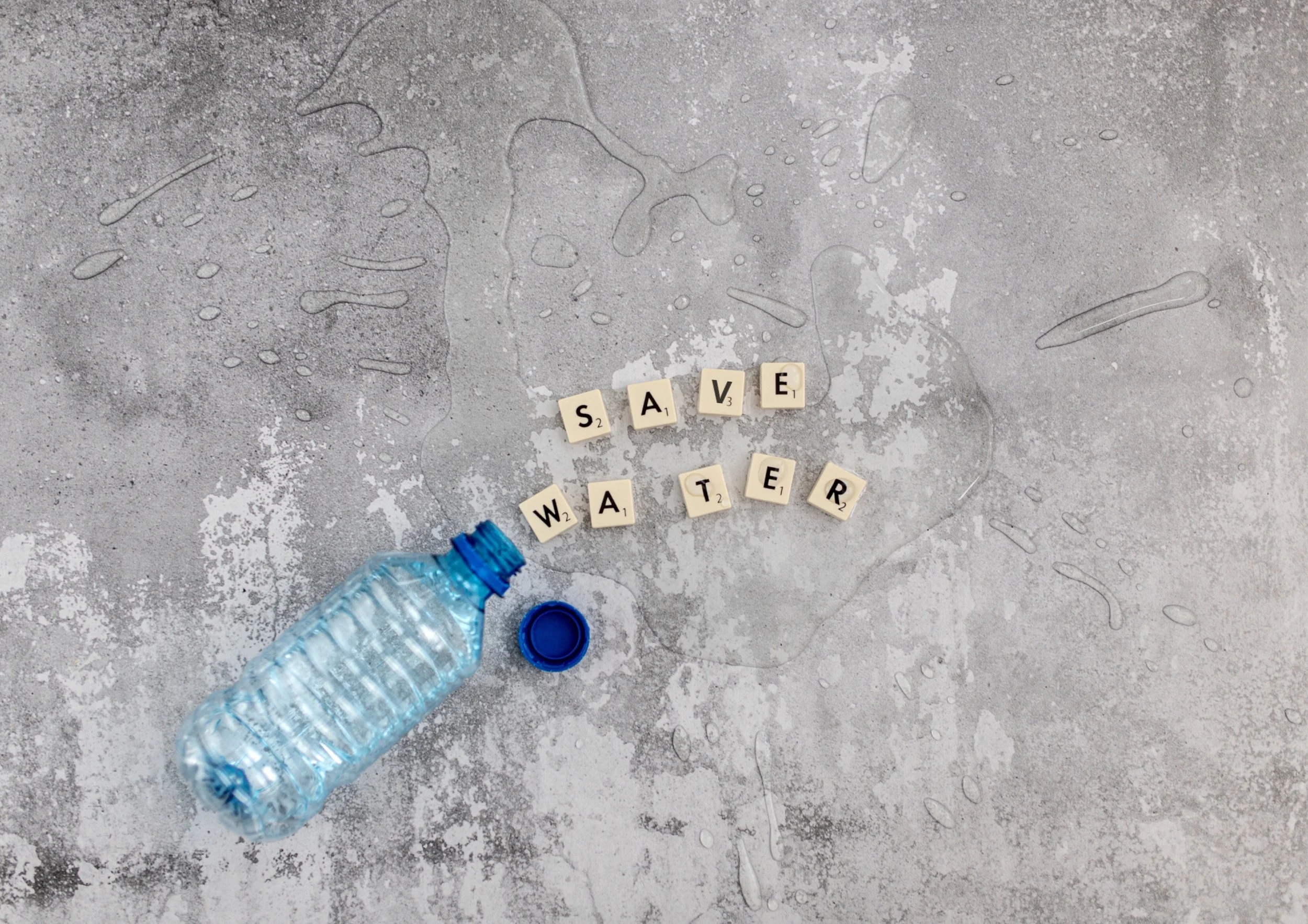Water Conservation Tips: Simple Ways to Save Water at Home and in Your Community
Photo by Dominika Roseclay
Reducing your water usage is one of the simplest ways to make a positive impact on the environment! There are many small actions you can take to minimize your water consumption while saving on your water bill. We hope these tips will be useful in your effort to reduce water usage.
1. Check your toilet for leaks.
A simple way to check if your toilet is leaking is by dropping some food colouring into the tank. If colour appears in the bowl prior to flushing, this means you have a leak.
2. Buy an adjustable flapper.
An adjustable flapper will allow you to choose the amount of water that you need for your flush. This is an easy way to save gallons of water every time you use the washroom.
3. Install a flow-restricting shower head.
A flow-restricting shower head can reduce the amount of water you use to shower by up to 60%. You can also shorten the length of time you spend in the shower or turn off the water until you need to rinse. Installing aerators on the taps in your house will have a similar effect.
4. Turn the tap off while you brush your teeth or shave.
Instead of running the tap while you brush your teeth, consider keeping a glass by the sink and filling it to rinse your toothbrush. You can also plug the sink and fill the bottom with warm water to rinse your razor while shaving.
5. Use a dishwasher and high-efficiency washing machine.
If you have access to a dishwasher, it is actually more efficient than handwashing. High-efficiency washing machines can also use up to 80% less water than a traditional machine. Though these devices are an investment, they will most likely save you money in the long run. Whenever possible, you should wait until you have a full load to run the dishwasher or washing machine.
6. Keep drinking water in the fridge.
Most people prefer cold drinking water and find themselves running the tap to allow it to cool down before filling their glass. Avoid this waste of water by always keeping drinking water in the fridge.
7. Use efficient techniques to water your garden.
Many of us water our lawns and gardens on a schedule without regard for rainfall. Try to account for the weather when planning to water your plants, as it may not be necessary much of the time. When you do water your lawn, make sure to deep-soak it, as just a sprinkling of water will evaporate before doing any good. Another way to avoid water loss through evaporation is by watering plants in cooler parts of the day when wind is minimal. You can avoid watering your garden as often by planting native, drought-tolerant plants as well.
8. Use a broom to wash your driveway.
Avoid water usage by sweeping your driveway rather than hosing it down. This will also prevent pollution associated with water runoff.
9. Collect wasted water from shower.
While waiting for your shower to heat up, you can collect the water that would otherwise be wasted. It can be used to water your garden and lawn or flush your toilet.
10. Try to decrease your meat consumption.
You can reduce your water footprint by a significant amount simply by reducing the amount of meat you eat. It takes almost 40 full bathtubs of water to produce just one pound of beef. By choosing to incorporate plant-based meals into your diet, you can help reduce the water consumption of an industry that is one of the leading sources of greenhouse gas emissions.
11. Use a rain barrel for water collection.
By installing a rain barrel, you can completely avoid personal water usage. Using collected rainwater is the most sustainable way to water your lawn or garden.
By reducing your water consumption, you can save money on your water, and sometimes electricity bills, and extend the life of your septic system. You will be helping the environment by avoiding greenhouse gas emissions associated with treating water and preventing water pollution in your community.

